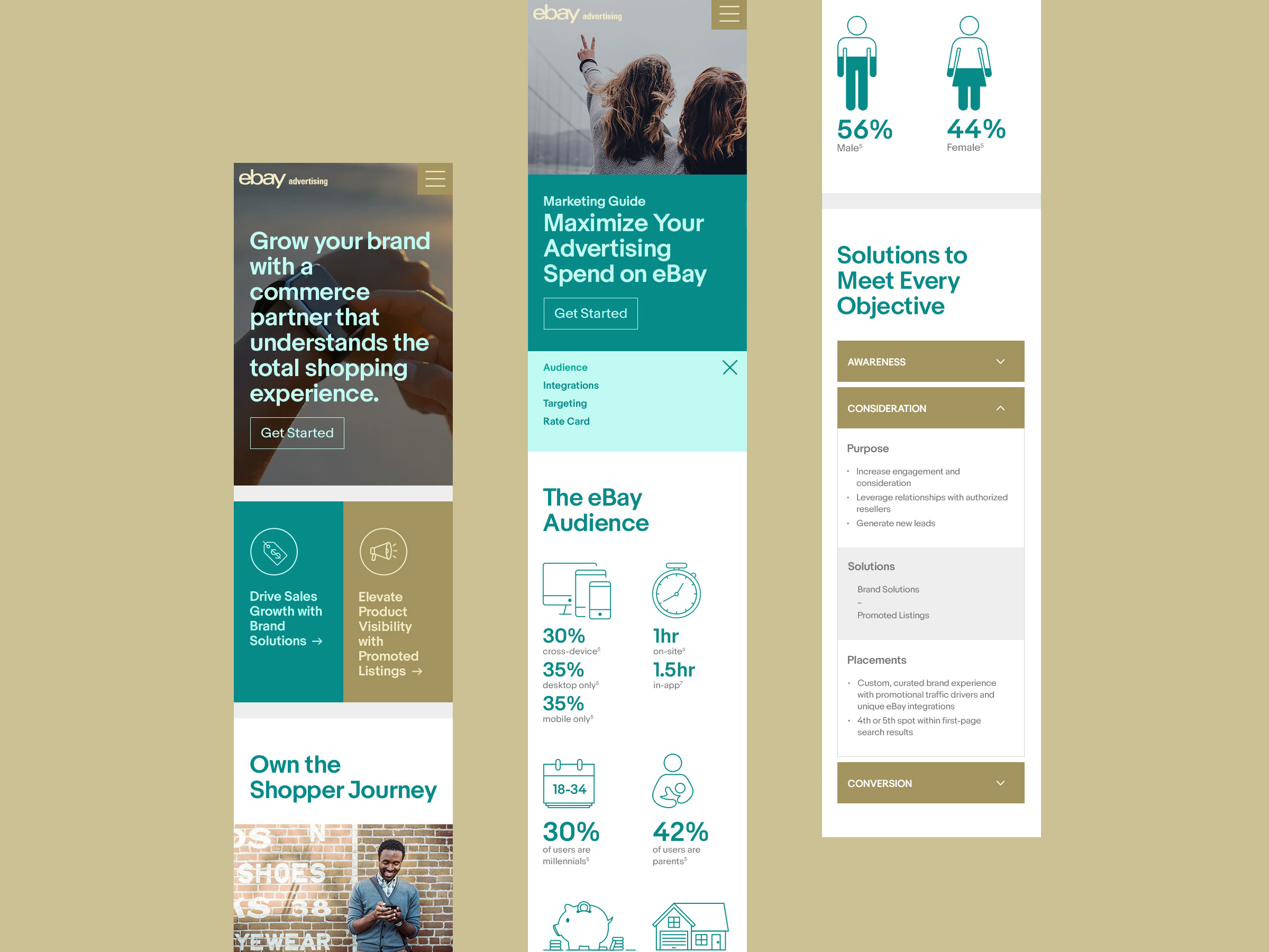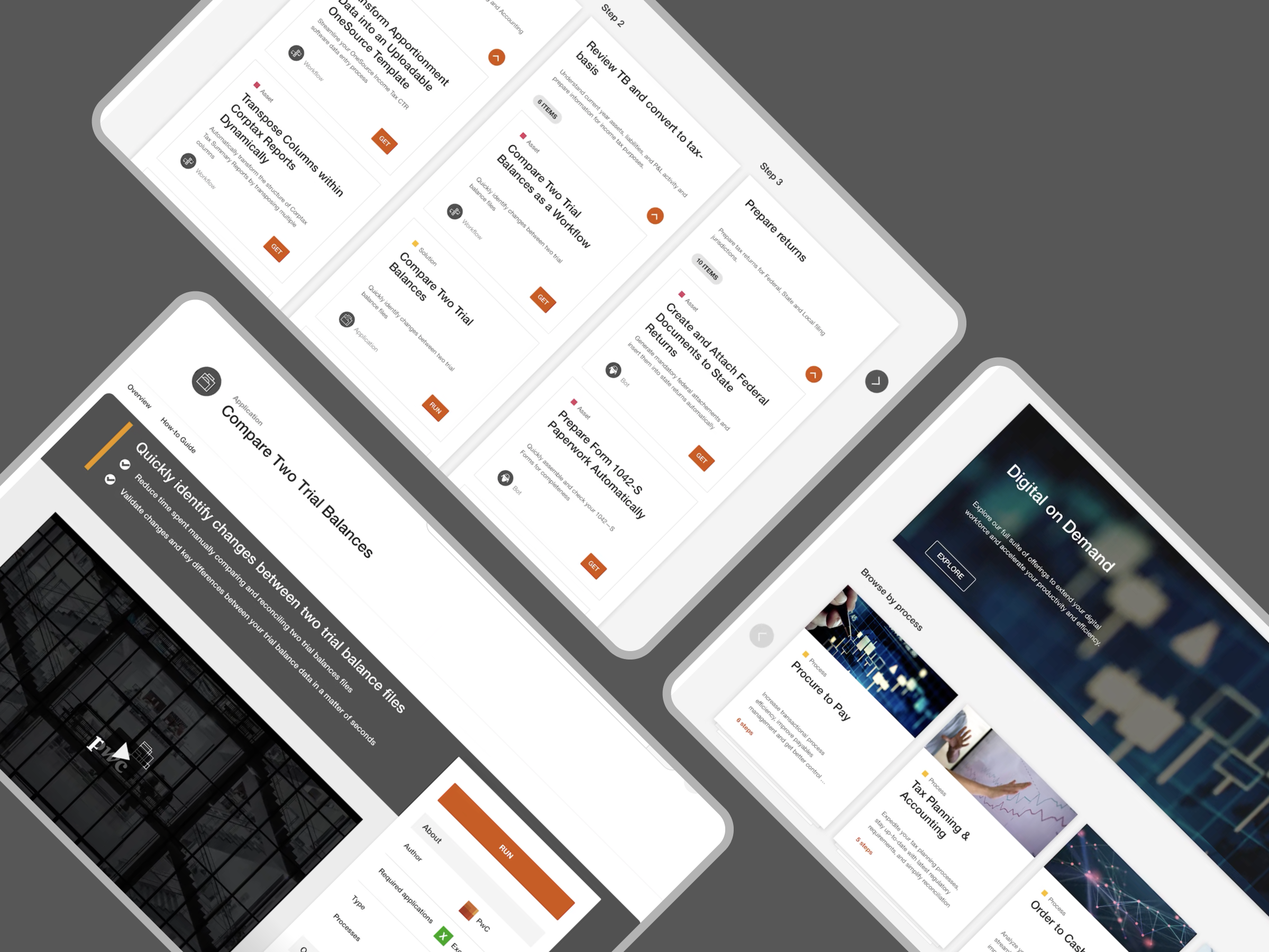Background
ProEdge was a commercial PwC product created to enable client employees to upskill and leverage automations that would help improve organizational processes, outputs and overall efficiency.
Our goal was to help PwC clients to accelerate and scale their digital transformation using a citizen-led approach by taking advantage of their existing expertise and tools.
Existing clients who were already taking advantage of PwC’s digital assets initially available through Digital on Demand and later through ProEdge, were looking for an easy way to incorporate assets built by their internal teams into the ProEdge platform.
Role
I collaborated closely with my PM on requirements and scope, defined the UX, refined and delivered the final designs, and saw the execution through from handoff to testing. I also created email templates in SendGrid for the dev team to plug in to manage the necessary notifications.
Approach
The key was to enable a simple, but flexible and reliable process of governance that could be managed almost entirely through ProEdge on the client side – as quickly and cost effectively as possible. I mapped out a user flow spanning ProEdge’s two platforms (Plan/Admin and Learn) and email notifications, which we used to scope the first phase.
Our Learner persona, or the asset creator, needed to:
- Be guided through the process of submitting their assets for review
- Easily access all of their submissions, track their status and action responses from the reviewer
- Have the flexibility to create drafts and make edits
Our Admin persona, or a reviewer, needed to:
- Easily access all asset submissions and their statuses, and action review requests and follow-up responses from submitters
- Easily understand the submission details, statuses and actions
- Have the flexibility and guidance to make edits and request changes
With an ongoing product redesign, this feature called for a range of new components.
Outcome
Asset governance was a critical feature for some key ProEdge clients. Engagement went up by 46% in the month it was launched, accounting for the highest percentage (32%) of page visits across the entire Learn platform (second highest after the home page in unique visits).





